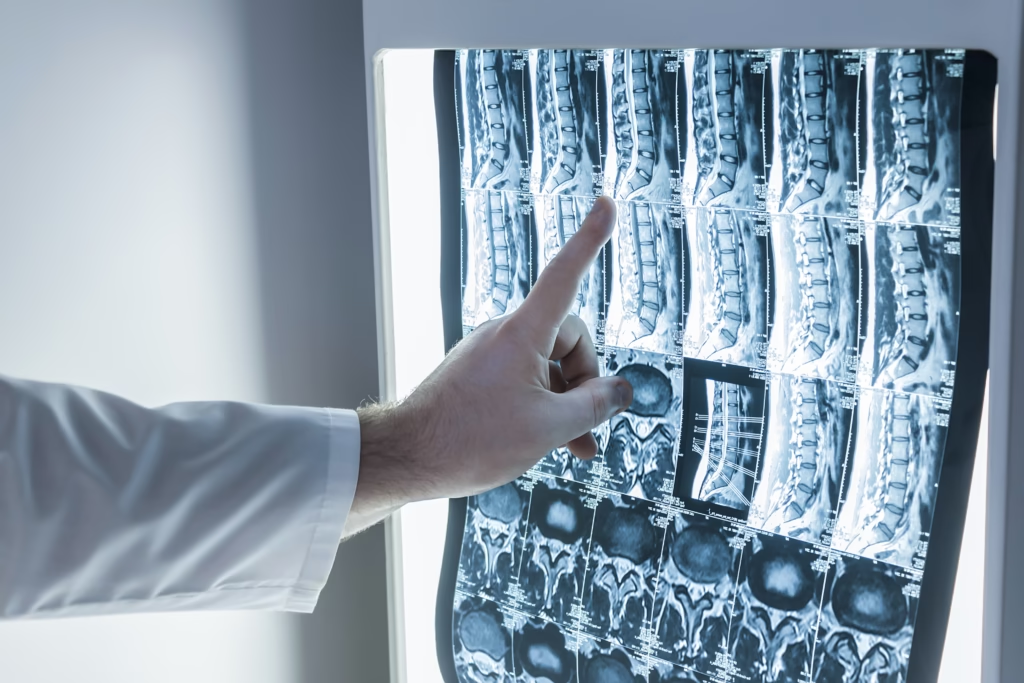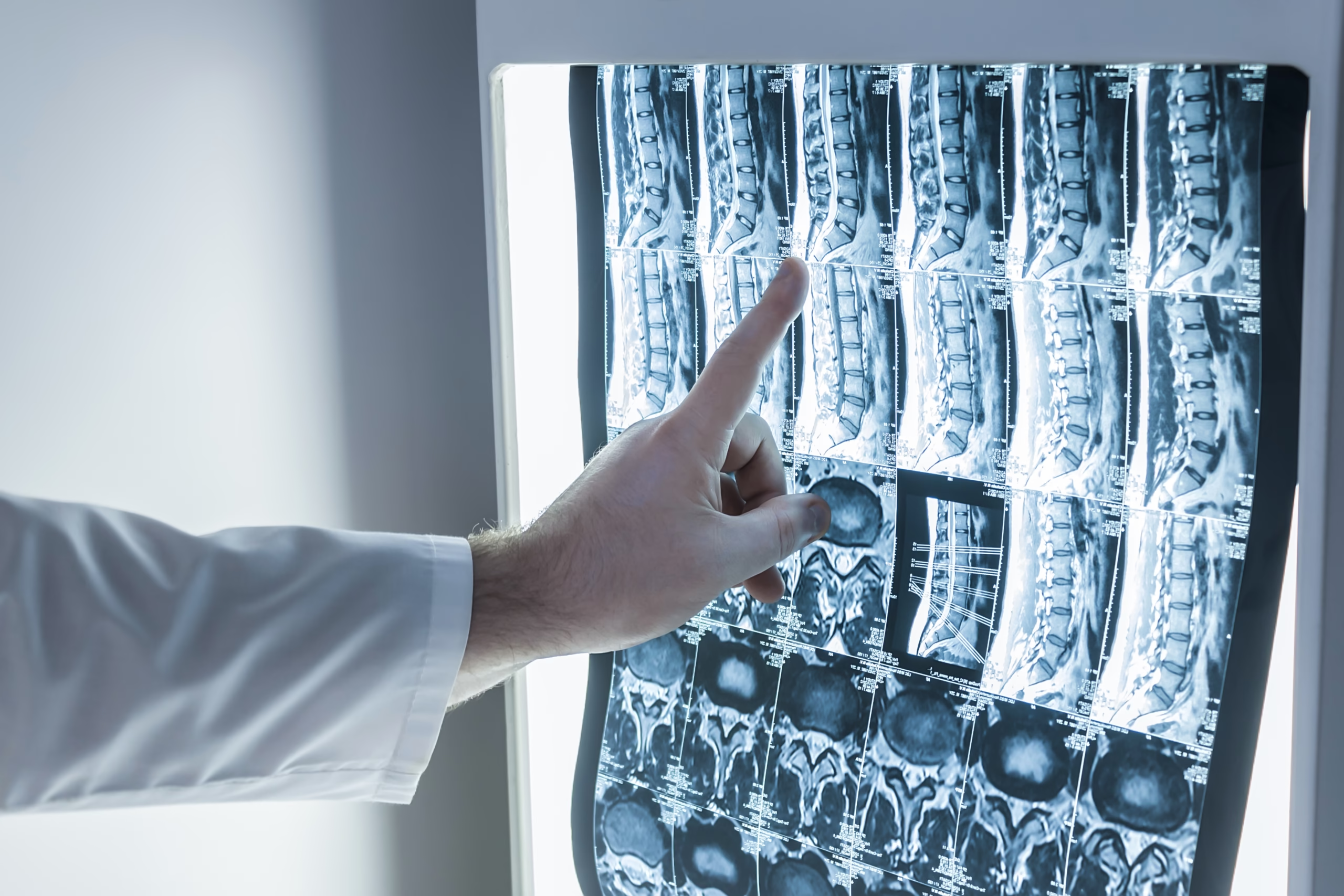Medical imaging has undergone a revolutionary transformation with the integration of artificial intelligence (AI). From early detection of diseases to improving diagnostic accuracy, AI has become a powerful tool in healthcare. It simplifies complex imaging tasks, enhances speed, and minimizes errors. This blog explores how AI-driven algorithms and innovations are reshaping medical imaging today.
Advanced Medical Imaging: Pushing the Boundaries with AI
Advanced medical imaging involves cutting-edge technologies that go beyond traditional X-rays or MRIs. AI plays a significant role here. However, It facilitates quicker and more accurate processing of massive amounts of imaging data. Techniques like 3D imaging and multi-modal imaging are now more precise, thanks to AI. These advancements improve early disease detection, especially in oncology and neurology. However, AI ensures that clinicians can analyze detailed, high-resolution images, leading to better patient outcomes.
Top AI Algorithms Revolutionizing Medical Imaging
Convolutional Neural Networks (CNNs): The Key to Image Analysis
CNNs are at the heart of most AI applications in medical imaging. They are particularly adept at identifying patterns in complex datasets, such as X-rays or MRIs. CNNs enhance image segmentation, helping doctors focus on specific areas of concern, like tumors or fractures. Although, their ability to analyze images quickly and accurately has made them indispensable.
Generative Adversarial Networks (GANs): Improving Image Quality
GANs are transforming how medical images are processed. They can generate high-quality images from low-resolution scans, improving clarity and detail. Although, this is crucial in situations where imaging tools may not provide the best resolution. GANs also help in creating synthetic datasets for AI training, expanding diagnostic possibilities.
Natural Language Processing (NLP): Enhancing Imaging Reports
NLP assists radiologists in interpreting imaging results. It automates the generation of detailed diagnostic reports, reducing human workload. NLP algorithms also identify critical findings in imaging reports, ensuring timely communication with healthcare providers.

Spotlight: Chesapeake Medical Imaging’s AI Integration
Chesapeake Medical Imaging is a pioneer in adopting AI technologies. Their facilities use AI to streamline processes, making imaging faster and more accurate. For example, they employ AI for real-time image enhancements, reducing patient waiting times. Additionally, Chesapeake also focuses on patient-centric care, combining advanced imaging techniques with AI tools for precise diagnostics.
Case Studies from Chesapeake Medical Imaging
AI has helped Chesapeake diagnose complex conditions like cardiac diseases and neurological disorders with exceptional accuracy. Their case studies highlight the role of AI in reducing diagnostic errors, which significantly impacts patient treatment plans.
Exploring Steinberg Diagnostic Medical Imaging in the AI Era
Steinberg Diagnostic Medical Imaging is another industry leader utilizing AI. Their facilities have integrated AI to improve diagnostic precision and patient outcomes. However, they focus on using AI for early cancer detection, which saves countless lives.
Steinberg’s Approach to AI in Diagnostic Imaging
Steinberg uses AI for advanced image reconstruction, enabling doctors to analyze finer details. They also leverage AI to optimize imaging workflows, making the process smoother for patients and staff. Although, their commitment to innovation ensures cutting-edge care.
Innovations by Steinberg Diagnostic Medical Imaging
Steinberg has developed AI-powered tools to predict disease progression. For instance, their imaging solutions detect subtle changes in scans, allowing earlier interventions. Although, these innovations position them at the forefront of diagnostic advancements.
Applications of AI in Advanced Medical Imaging
Early Cancer Detection
AI excels in identifying early signs of cancer, often invisible to the human eye. However, Algorithms can detect anomalies in tissues or organs, ensuring faster diagnosis and treatment.
Streamlined Radiology Workflows
AI automates repetitive tasks, such as sorting and labeling images. This allows radiologists to focus on more critical tasks, enhancing efficiency.
Improved Accuracy in Complex Diagnostics
Complex conditions like Alzheimer’s or cardiac diseases require precision. AI helps detect these with unmatched accuracy, guiding better treatment options.
The Benefits of AI-Driven Medical Imaging for Patients and Providers
AI benefits both patients and healthcare providers. For patients, it ensures faster, more accurate diagnoses, leading to early treatments. For providers, it reduces workloads and increases diagnostic confidence. Moreover, AI minimizes human error, enhancing patient safety.
Challenges in AI-Based Medical Imaging
Ethical Considerations
Although, the use of AI raises ethical concerns, such as patient data privacy and bias in algorithms. Ensuring transparency and fairness in AI systems is critical.
Overcoming Integration Barriers
Integrating AI into existing systems is challenging. It necessitates large training and infrastructural investments. For adoption to be widely accepted, these obstacles must be removed.
The Future of Medical Imaging: What’s Next?
The Rise of Advanced AI Models in Imaging
The future will see even more advanced AI models, capable of diagnosing rare diseases. These models will be faster, smarter, and more efficient.
Predicted Trends for Industry Leaders Like Chesapeake and Steinberg
Organizations like Chesapeake and Steinberg will continue to lead the way. They are likely to adopt technologies such as quantum computing and AI-driven robotics for imaging. These trends promise a new era in medical diagnostics.
Transforming Medical Imaging with AI
AI is undeniably transforming medical imaging. From advanced algorithms to innovative applications by industry leaders like Chesapeake and Steinberg, AI ensures faster, more accurate diagnostics. Embracing these technologies means a brighter, healthier future for patients worldwide.

